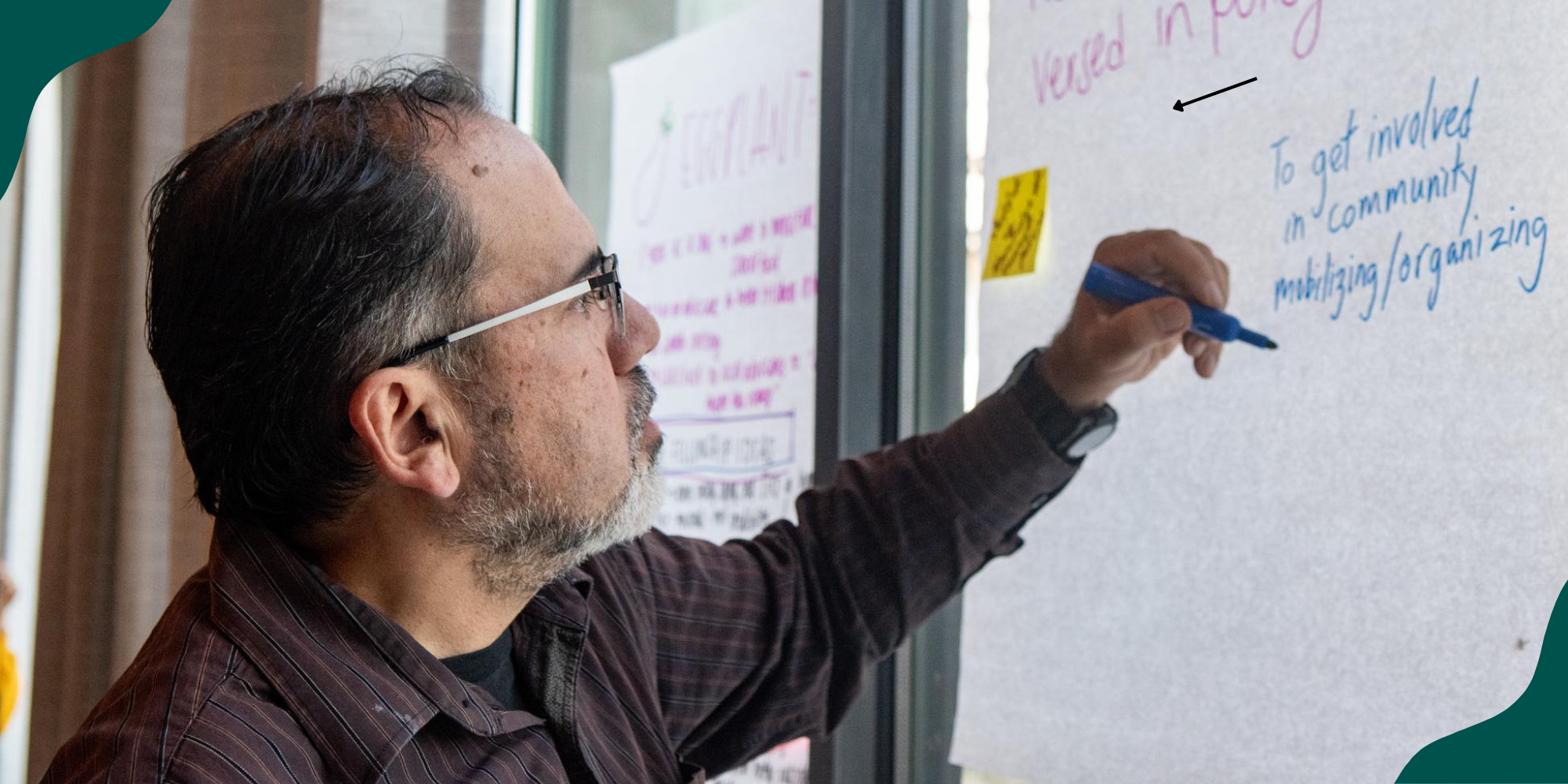How to Advocate to Your School Board for Nourishing Food
Because advocacy work is local, too.
Because advocacy work is local, too.

When you think of someone elected to serve the public, who do you think of? Mayors, senators, and even the president all qualify. But the largest group of elected officials in the country isn’t in Washington—it’s school board members.
Across the country, about 90,000 school board members serve on 15,000 different boards. And while they may not have the same power as Congress, school boards have a lot of say in what school is like for kids in their communities.
Regardless of the federal policy landscape, school boards are an excellent place to advocate for policies supporting healthy, happy kids. Read on to learn how to get started.
Your school board is made up of people elected by your community to make decisions on behalf of your school district. The board is accountable to residents of the school district, and it is their responsibility to consider public opinion and the experiences of their constituents when making decisions.
School boards shape a school district’s curriculum, budget, personnel, disciplinary policies, and other decisions affecting what goes on in schools. They must comply with federal and state laws, such as non-discrimination policies, and act in accordance with certain ethics standards.
While the National School Lunch Program is federally funded and operated, school boards play a role in how school meals are administered. In states without school meals for all policies, the board can decide to opt into the Community Eligibility Provision (if eligible) to make school meals free for all students.
The most direct way to advocate to your school board is to attend a meeting and voice your opinions there. Here’s how to do that:
Policy happens at the local, state, and federal levels, and you can make a difference across all of them. You can stay up-to-date on the latest advocacy opportunities by creating an advocacy profile with FoodCorps. Just share a bit of information about yourself, and we’ll share advocacy opportunities tailored to where you are and how you’d like to engage.
Related read: Maine student Ben Rivers, a then-fifth grader, spoke to his school board about the importance of food and garden education. Watch the video here.

The Policy Brief: Government Shutdown Edition

13 Foodie Halloween Jokes for a Scary Fun Time

Ask an Alum: Taty Trujillo in New Mexico